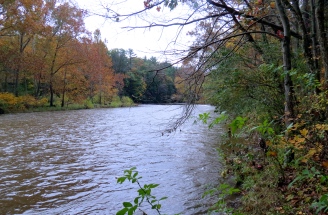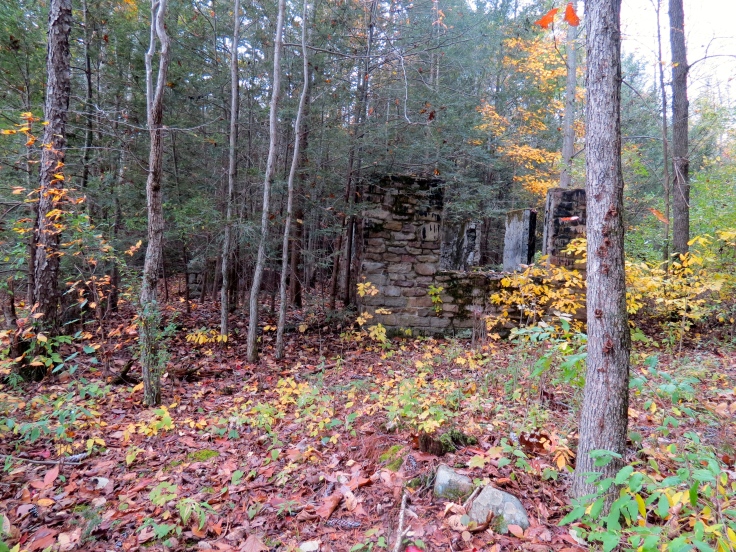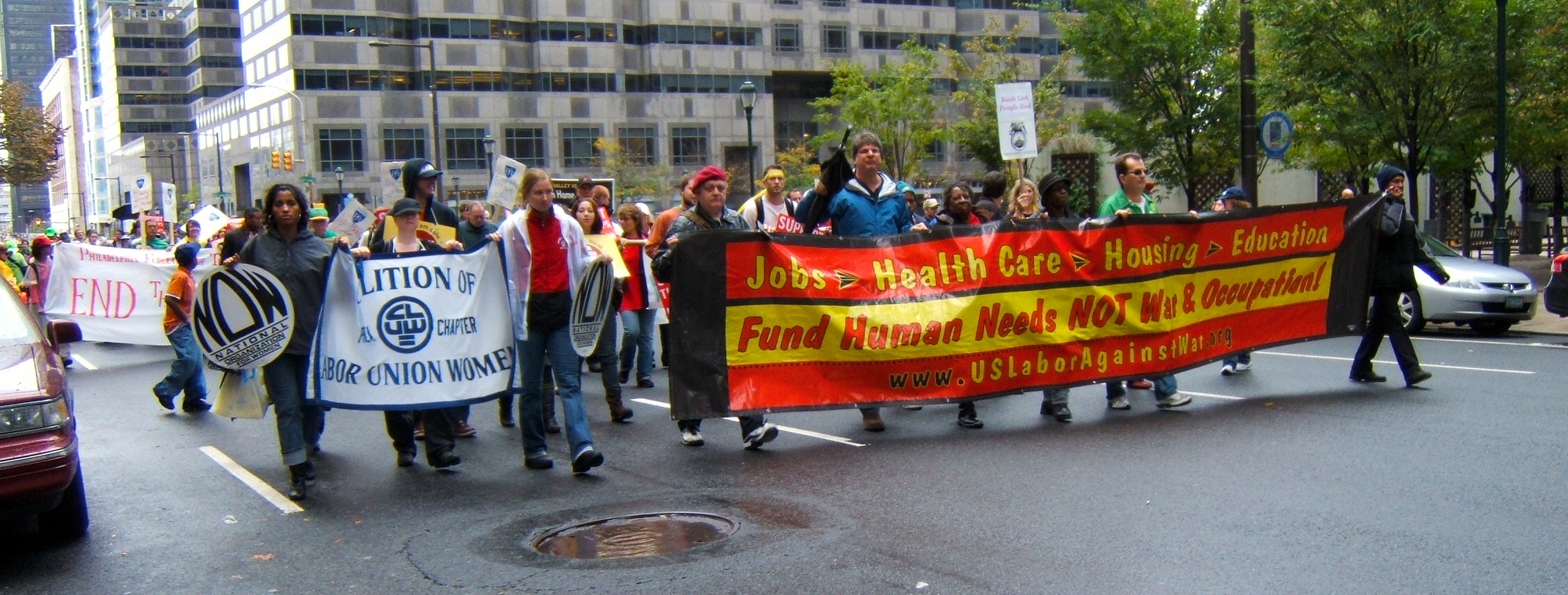Rite of Passage: the Summer Camp Experience 1957
For many children in the U.S., the summer camp experience has become a right of passage: separating from parents, friends and a familiar neighborhood to live in “the great outdoors” and learn life strategies of how to get along with adults and other children. According to the American Camp Association, nearly 11 million kids attend one of the 7,000 overnight camps each summer, with stays ranging from a week to two months. I had classmates whose parents sent them to camp for the entire summer. Research suggests that camp can build confidence, social skills, and independence. Probably for most kids, the experience is a mixed bag, like life.
Girl Scout camp Hidden Falls provided that experience for my sister, Jean, and her two friends. Jean wrote my parents the quintessential camp letter, “Please, please come get me! I hate it! . . . almost mimicking to a tea Allan Sherman’s hit single record years later, “Hello Muddah, Hello Fadduh,” a comic song in which a camper bemoans his experiences to the tune of Ponchielli‘s Dance of the Hours.
Take me home, oh Mudda Fadda
Take me home, I hate Granada
Don’t leave me out in the forest where
I might get eaten by a bear
Camp Nik-o-Mahs, in the Mountains of Central Pennsylvania
I remember being intrigued by the Camp Nik-o-Mahs brochure. The camp was once a scout camp founded in the 1920 and named for the nearby town of Shamokin, spelled backwards, that is. The Hall family, who lived in my hometown of Springfield, operated the camp. The list of activities sounded exciting: archery, swimming in a creek, campfires, canoeing, all in a woodsy atmosphere. The cabins resembled little clapboard houses with porches. The camp sponsored overnight hikes and a trip through a water cave. In 1958 the brochure read that campers can “frolic to their heart’s content” in the creek. [1] An adventurous 11-year old, I loved all of that so I begged my parents to let me go. They were not so enthusiastic. My folks were protective and not convinced that the experience would be as joyful as I was imaging. The begging paid off, however, and they submitted the application what I think was about $35 for a week. What could happen in a week, after all?

First Day of Camp (me in the back)
Introduction to Latrine Duty
After a four-hour drive, but which seemed endless–due to my excitement, we arrived at the camp. Each cabin had three sets of bunk beds, with four to six sharing girls the quarters. About nineteen cabins lined along a dirt path, the girls’ cabins grouped together, then the boys’ cabins further down. I think there was a rule about not being allowed on the boys’ side.
After saying good-bye to parents, counselors explained the rules and regulations and gave us a tour of the camp. They pointed out the shower room. You could take a bath, but you had to do something with water, like build a fire, to make it hot. I didn’t take any baths.
I was nervous about getting along with the counselor and other girls in the cabin. I recall that I thought the counselor was a bit bossy, but I soon became friends with the other campers and enjoyed their company.
The next morning we dutifully cleaned our cabin, as instructed, and awaited inspection. Beds had to be neat, clothes put away, and the floor clean. Counselors marched in with clipboards and pencils and snooped around the corners of the cabin and found two “dust bunnies” under my bed. For the offense, they assigned our cabin the dreaded latrine duty. Later I would tell my mom about what happened, and she was quite indignant that she was paying good money only to have her daughter clean toilets. The job wasn’t that bad, actually, it was more the idea of cleaning toilets. Our cabin passed all subsequent inspections.
Campfire Philosophy
At the first evening campfire, the camp director introduced us to the hierarchy of swimming privileges. The top place was reserved for the members of the Walrus Club, who carried a card with their special designation and were permitted to swim in the deep water. I made up my mind that night that I would take the swimming test the next day, as I wanted to enhance my status with a Walrus Club membership.
Campfires were held almost every evening, and we would sing the typical camp songs. Looking back on these songs, I’ve realized that the theme of mortality ran through the lyrics of many of these songs.
Titanic
There was a ship Titanic that sailed the ocean blue,
And they thought they had a ship that the water wouldn’t go through,
It was sad when the great ship went down.
Husbands and wives, little children lost their lives (in a high voice)
It was sad when the great ship went down.
Can’t Get to Heaven
Can’t get to heaven on roller skates, you’ll roll right past those pearly gates.
I ain’t going to grieve my lord no more, no more.
Found a Peanut
Found a peanut, ate a peanut, got a stomach ache, called the doctor, died anyway, went to heaven, said go the other way.
Maybe these songs were trying to tell us we wouldn’t always be carefree kids and that we’d better wise up to the ways of the world.
Not sure if singing these other lines from the Titanic song also put a psychological bent into my head for class consciousness, which I’ve been confronting of late?
They were nearing to the shore, when the water began to pour.
And the rich refused to associate with the poor,
So they sent them down below
Where they’d be the first to go.
It was sad when the great ship went down.
Food, Glorious Food
Reveille played over the intercom to wake us in the morning, and we lined up at the mess hall for breakfast. We sat on benches in front of long tables, food served in large bowls. At home, we didn’t usually have bread with our dinner, but here everyone scoffed up the bread. Mom told me that after I returned from camp, I ate everything. The camp experience had expanded my palate!
The camp operated a little store, and parents left an allowance for incidentals. I became totally addicted to string, red liquorice, which I considered the yummiest of candies and spent just about all my allowance on the red stuff.

Jumping into Penn’s Creek
Notoriety on My Second Day: “Can’t get to Heaven”

At the bottom of the slide
Standing on the pier over Penn’s Creek, I asked the adult counselor if I could take the swimming test for the Walrus Club. She said ok, and pointed to a wooden raft in the creek. Part of the problem may have been that I am nearsighted, and I wasn’t wearing my glasses and couldn’t see where she was pointing. Two rafts floated on the creek, one just beyond the sliding board and another way down the creek in the deep water. “Well,” I thought, “that raft beyond the slide couldn’t be the destination, it was far too close for any test for the Walrus Club.” I jumped into the water and swam toward the far raft. I was a good swimmer, I knew I could do the swim. On my return trip, I passed by the sliding board, and at that very moment, an inexperienced camper took off down the slide and panicked, grabbing me for support, pulling me under the water. I was tired by that point and could not cast him off. I told myself, “If I could just get one breath . . ..” Then realizing that was hopeless, I thought, “This is it.”
I blacked out. I came to as the lifeguard carried me to the shore. I was crying, but not sure why as I couldn’t remember deciding to start to cry. The waterfront came to a standstill as I sat sobbing on the sand. From that moment on, I was known as “the girl who almost drowned.”
By the next day, I had completely recovered from the ordeal. I wasn’t fussed over, not even sent to the infirmary. What occupied my thoughts now: did I pass the Walrus Club test? I was ready to retake the test. When I asked the swim counselor, she told me, yes, I had passed, and remarked, “It was a good thing I had been watching you.”
Summer Romance
One serendipitous happening from the almost drowning incident: I met my first love. A seasoned camper at Nik-o-Mahs, “Plottsie,” as everyone called him, approached me on the path to the waterfront, “Are you the girl who almost drowned?,” he asked. Thus, began the romance. Plottise was a thin boy with glasses and usually wore a plaid shirt. We hung out and sat together, and of course, we were teased by the other campers for our attachment.
A special event on the night before we left marked the end of our stay. The counselors handed us candles on little cardboard floats, and we gently placed them on the creek, watching them glide downstream until they fell over the waterfall. The flickering lights in the dark forest reflected on the water, and Plottsie and I held hands as we walked along the path that followed the creek. All was perfect.
Then Plottsie popped a question, “Can I kiss you?” Thrown into confusion, I asked myself, “Was I old enough to kiss?” “Was I allowed to kiss?” “What did this mean?” I replied, “I don’t think right now,” and with that remark, coolness came over the night. The next day, I went looking for Plottsie as I wanted to take his photograph before I returned home. He stood at a distance as I snapped the photo and hurried off. When I returned home, I mistakenly opened the camera, exposing the picture to light. Plottsie had disappeared in a cloud of whiteness.
The Following Year
The next summer I returned to Camp Nik-o-Mahs. The red liquorice had lost its appeal, and the trips and hikes were no longer new experiences. The candle ritual on the last evening was still beautiful, but I stood alone looking through the silhouettes of the trees thinking I probably wouldn’t be back.
De Ja Vou, Returning to the Camp, 50 Years Gone By
For whatever reason, I decided that I wanted to return to Camp Nik-0-Mahs, which had been closed for years. I wasn’t sure what I’d find there, but a road had been named for the camp. I thought that I might be able to recognize the place along the creek, even if the buildings were no longer standing.
Returning to the camp meant a road trip through the Allegheny Mountains, part of the Appalachian Range that runs through the eastern United States. Traveling in mid-October the leaves were at their colorful best with reds, yellows and oranges between dark green trees not yet turned. The sun would occasionally peek out from behind heavy cloud cover, casting a glow on the landscape, highlighting nature’s pallet of colors. The road twisted around the mountains as we drove upward, only to come back down on the other side. Farmlands spread out in the valleys with fields of dried cornstalks and sunflowers against meadows of green clover. Barns, some unpainted and rustic, others vivid red, dotted the landscape. Little villages of clapboard houses clustered along crossroads.

Penn’s Cave
An outing to Penn’s Cave was one of the trips we made during our stay at camp, so on this trip, I planned a stop there. Penn’s Cave had been a popular tourist stop back when I was at camp and is still is today, as it is one of the few caves accessible only by boat. Since my camp days, the cave had been added to the National Register of Historic Places.

The area looked much the same, with the Penn’s Cave House, the three-story frame house built in 1885, standing near the entrance. Steep stairs still led down to the cave and the familiar flat-bottomed boats that took us through the watery cavern were the method of transport. After gliding through the cave, we came out on the other side to a large pond and then returned through the cave again. The tour was almost exactly as I had remembered it.
Finding The Camp
We followed Route 235 through the towns of Laurelton and Glen Iron, making a turn at Creek Road, near the end of which we found Nikomahs Drive paralleling Penn’s Creek. We drove until the road disappeared into the forest, so we got out of the car to look around for any sign of the camp. The house at the end of the road looked very much the era that I had remembered, painted cream with green trim. A sign confirmed the name of the house, Windy Inn, which the Mifflin Times reported was built sometime before 1920. [2] We found several stone structures, now abandoned and left to the elements. One lone building stood intact with a slab inscribed with the date, 1926. A stone sign above the door read: “Erected in Honor of our Mothers.” I guessed that the building may have been the old mess hall. I couldn’t find any trace of the cabins.
I walked to the edge of Penn’s Creek, which looked quite impressive as the current moved swiftly from the heavy rains on the previous day. I guess those many years ago I could have been lost in those waters, but the fates prescribed that my destiny would be to stand here on the bank of the creek decades later.
[1] “Camp . . Nik-o-Mahs, In the Mountains of Central Pennsylvania,” Millmont Times, Vol 14, Issue 2, June 1, 2013, p. 1-12.
[2] Ibid.
<a href=”http://dailypost.wordpress.com/dp_prompt/finite-creatures/”>Finite Creatures</a>
Epilogue
Since writing this post, I’ve learned more about the history of the camp, from the comments here and on About Me. Many thanks to everyone who shared their histories. Tom Hall, whose parents ran the camp, wrote me about some of the other camp traditions. The citing of the ghost of Penn’s Creek was always a favorite. Can never go wrong with ghost story. Besides the Walrus Club, campers could join the Old Timers Club. Another camp event was the funeral service for Jake Hopper (the outhouse that got too full). Tom relates about the “big time campfires where the fire would come out of the sky to light the main fire.” I recall that we hiked somewhere out of the camp, maybe in was to to Tall Timbers. One of counselors took a wrong turn, and we wandered around a backroad until we were rescued. Campers visited Rolling Green Amusement Park, which went out of operation in 1971. The camp closed its doors in 1966.
 We found Strasburg Scooters right next door to the railroad museum. We introduced ourselves to Marc, our guide, who fitted us with helmets, followed by a quick tutorial on operating the scooter. He then sent us off on a trial run around the block. The coupé handled well and chugged nicely along between 20 and 30 mph. After the other tour participants took turns practicing on the their scooters, we started down one of the narrow roads.
We found Strasburg Scooters right next door to the railroad museum. We introduced ourselves to Marc, our guide, who fitted us with helmets, followed by a quick tutorial on operating the scooter. He then sent us off on a trial run around the block. The coupé handled well and chugged nicely along between 20 and 30 mph. After the other tour participants took turns practicing on the their scooters, we started down one of the narrow roads. We stopped at three of the 29 covered bridges, all listed on the National Register of Historic Places. Huge beams which supported the structure, arched on each side, called the Burr arch truss design. The bridges were painted red, with white portals standing at the entrances. A central window allowed travelers to look out to the stream and countryside beyond.
We stopped at three of the 29 covered bridges, all listed on the National Register of Historic Places. Huge beams which supported the structure, arched on each side, called the Burr arch truss design. The bridges were painted red, with white portals standing at the entrances. A central window allowed travelers to look out to the stream and countryside beyond.






























